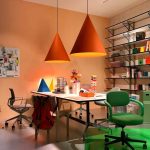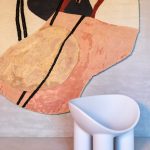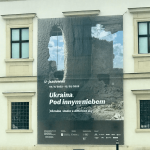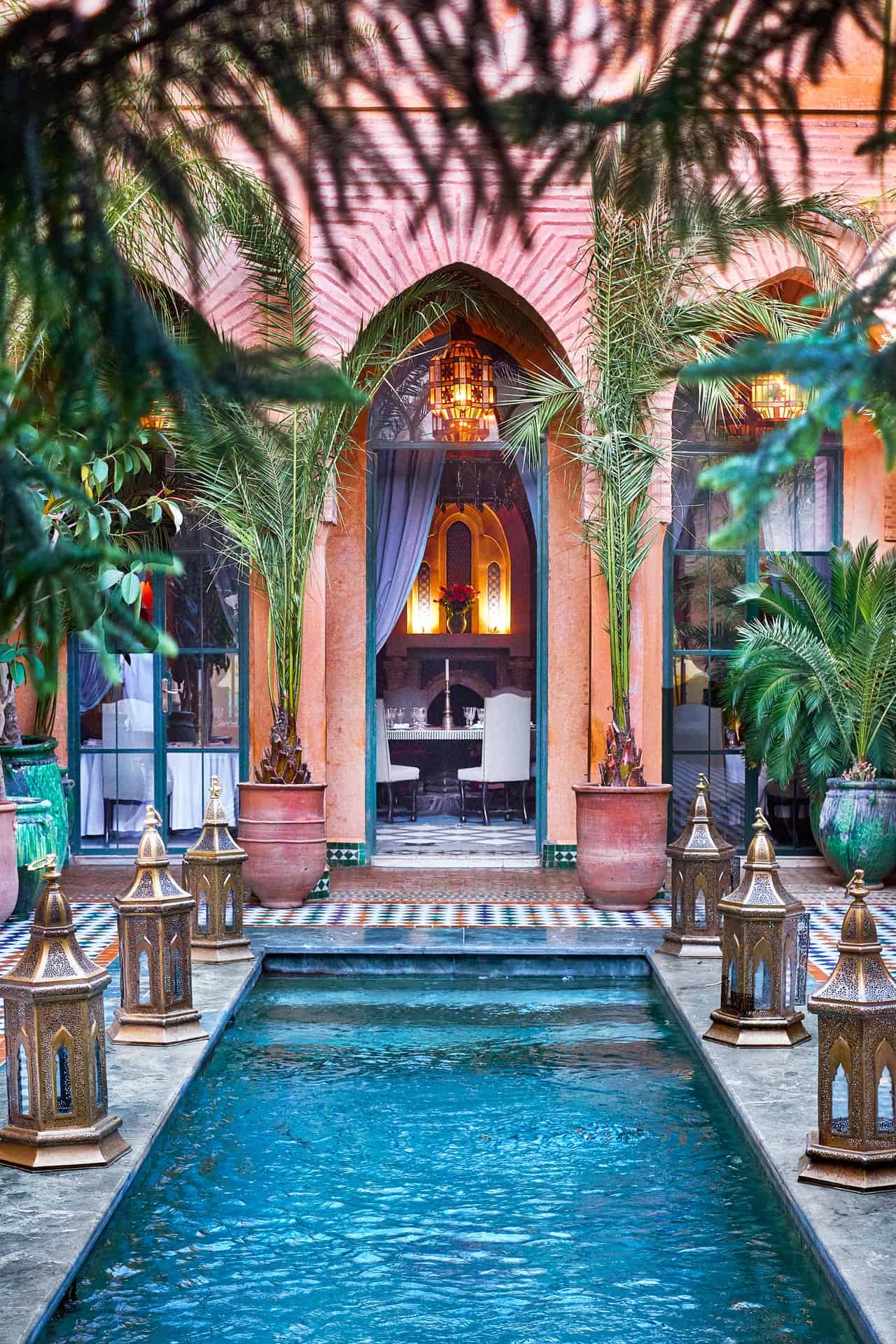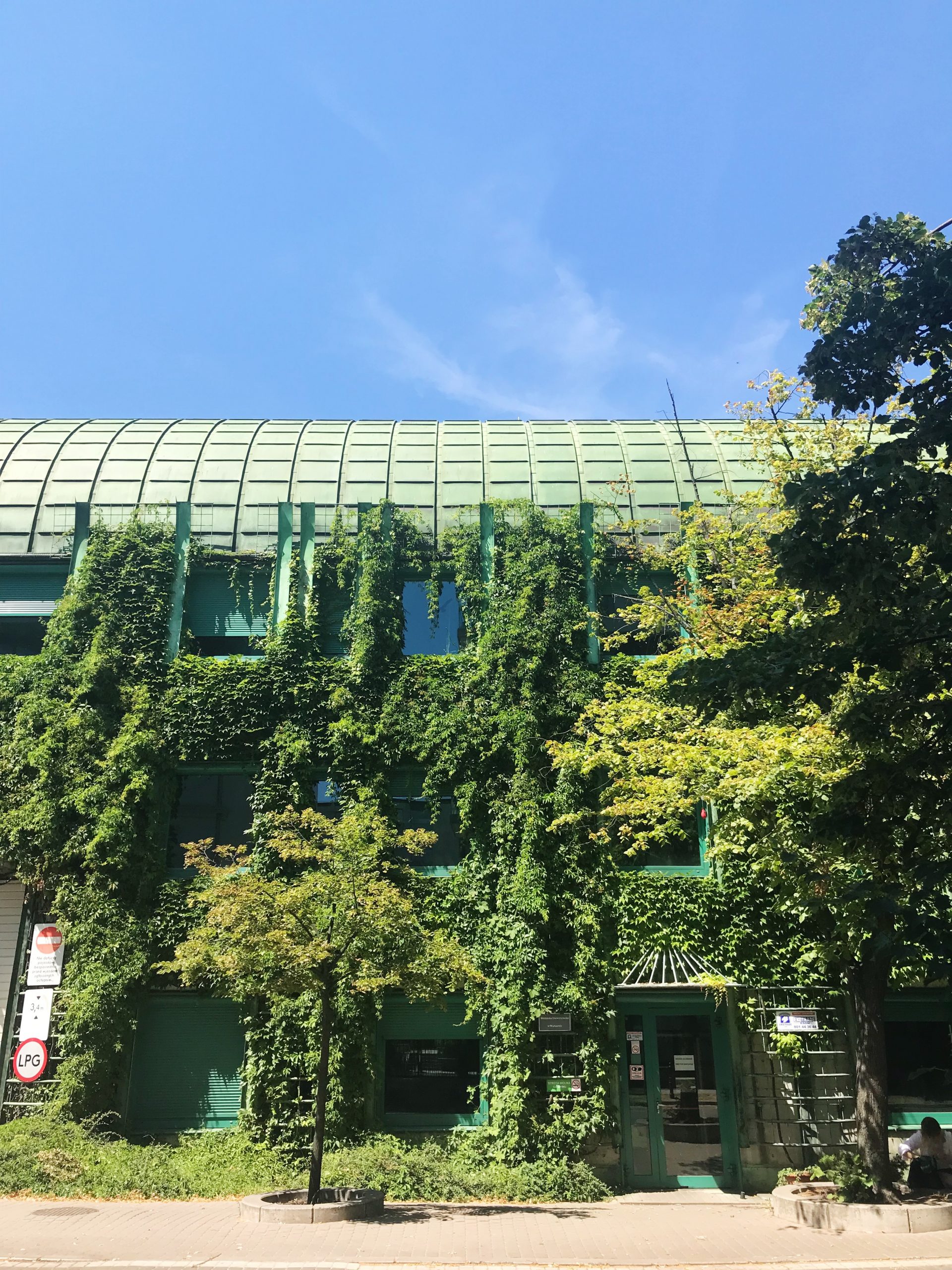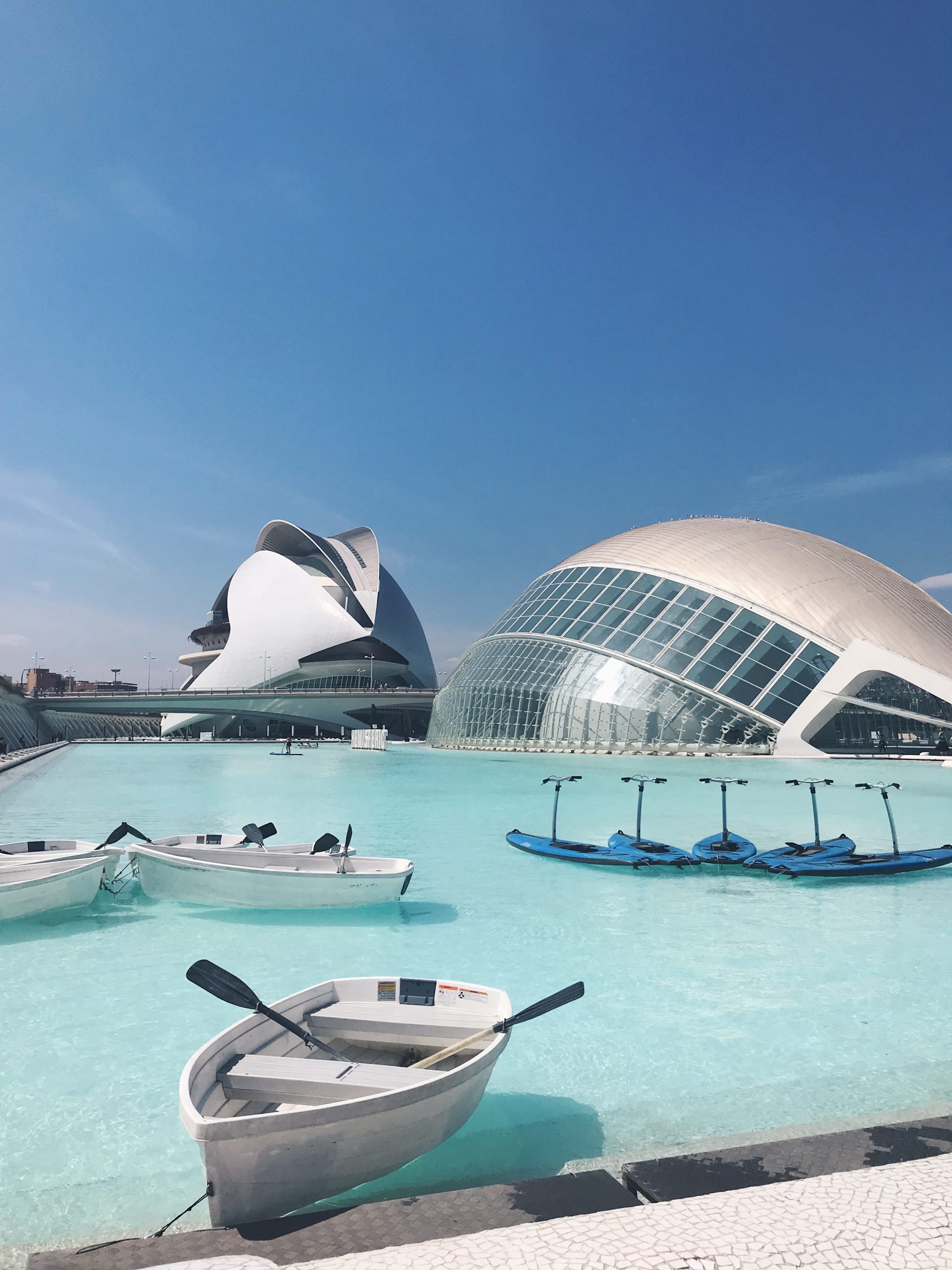POLIN Museum, also known as POLIN Museum of the History of Polish Jews, is one of the must-see cultural institutions that you can’t miss when visiting Warsaw, Poland. It’s a testament to the city’s troubled past as much as a reflection of its future heralded by the works of modern architecture. In this post, I will talk about POLIN Museum’s exhibitions, the building and its architect. I will also share some practical tips to help you plan your visit. This museum offers a unique experience that bridges the gap between history, architecture and design. So it can be a great idea for your future trip!
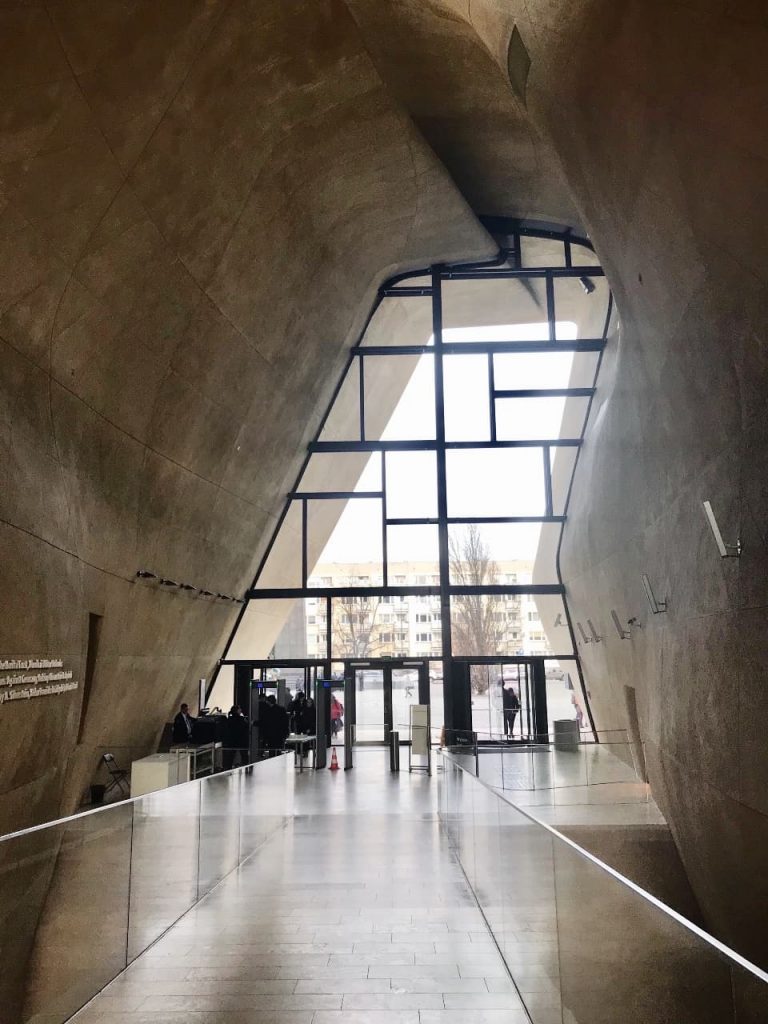
Why should you visit POLIN Museum during your stay in Warsaw? If you’re interested in Jewish history, you already know that there are many museums commemorating the victims of the Holocaust. Perhaps you’ve even been to some of them. What’s special about POLIN Museum is that it doesn’t focus solely on the tragic fate of the Jewish diaspora during the Second World War. Instead, it immerses the viewer in an all-encompassing narrative of 1000 years of Jewish culture in Poland. From the Middle Ages to the aftermath of the Second World War – the visitors have a chance to learn more about Jewish contribution to the social and cultural makeup of Poland. But first, let’s talk about museum’s location.
Memory and architecture
As you will see, both the building and its location have symbolic ties to the past. POLIN Museum occupies a central position of the spacious square in Muranów, a district in central Warsaw. Before the Second World War, this area was a lively Jewish neighbourhood. Afterwards, under the German occupation, it became the site of the Warsaw Ghetto. 450,000 Jews were forced to live here in inhuman conditions during the darkest chapter in Warsaw’s history. The main entrance of the museum faces the Monument to the Warsaw Ghetto Heroes, an iconic memorial erected in 1948 amid the postwar ruins of the city. It’s not a coincidence. You can view museum’s location as an ongoing dialogue with the past that leads to a new perspective and understanding.
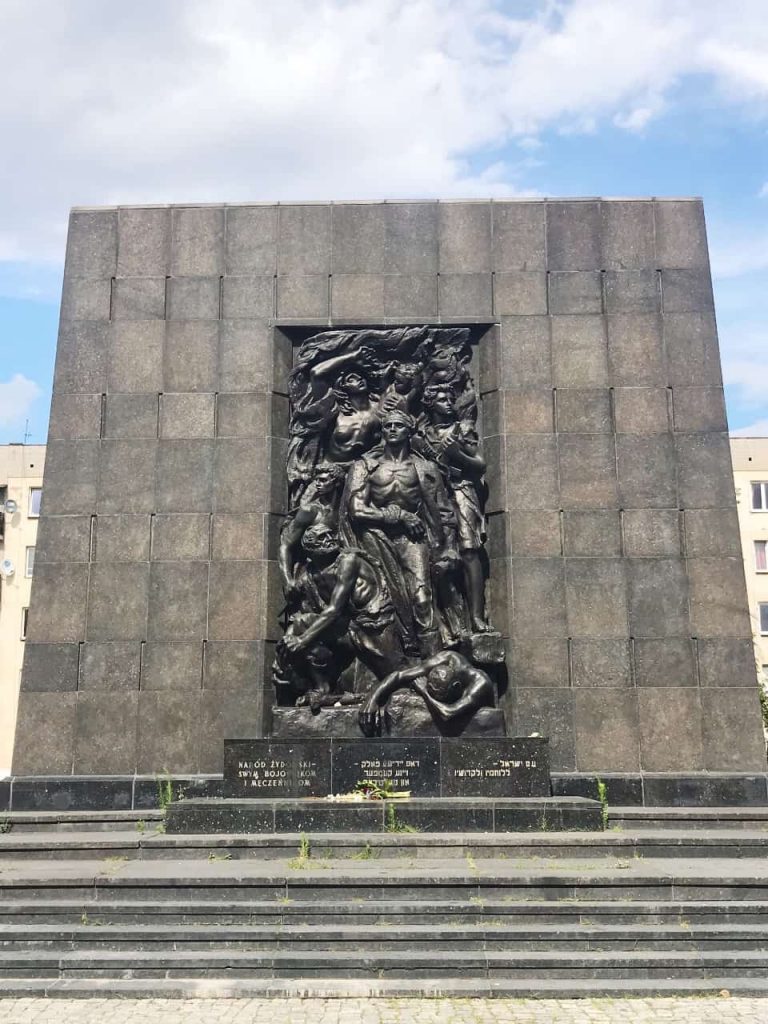
Visitors can reach the museum on foot as it’s located within a walking distance from the Old Town. Pay attention to the curious mix of styles along the way: from the 18th century palaces to gloomy communist apartment blocks and shiny glass office buildings. Sometimes they’re situated next to each other. Warsaw, unlike Prague, is not a picture-perfect tourist magnet. For many it’s not an instant attraction. But if you look closer at its architecture, you will get a deeper sense of history than in many other European cities.
Design by Rainer Mahlamäki
The design of POLIN Museum posed an additional challenge as it had to fit in with the surrounding residential buildings from the 1950-60s. The winning project by Finnish architects Rainer Mahlamäki and Ilmari Lahdelma envisioned a restrained, geometrical form that wouldn’t overshadow the Monument to the Warsaw Ghetto Heroes. At first, the glass and copper facade may seem stark and uninviting, but take a closer look and you will discover interesting details. The glass panels are printed with the word ‘Polin’ in Hebrew and Latin letters. It has a special meaning that I will explain later.
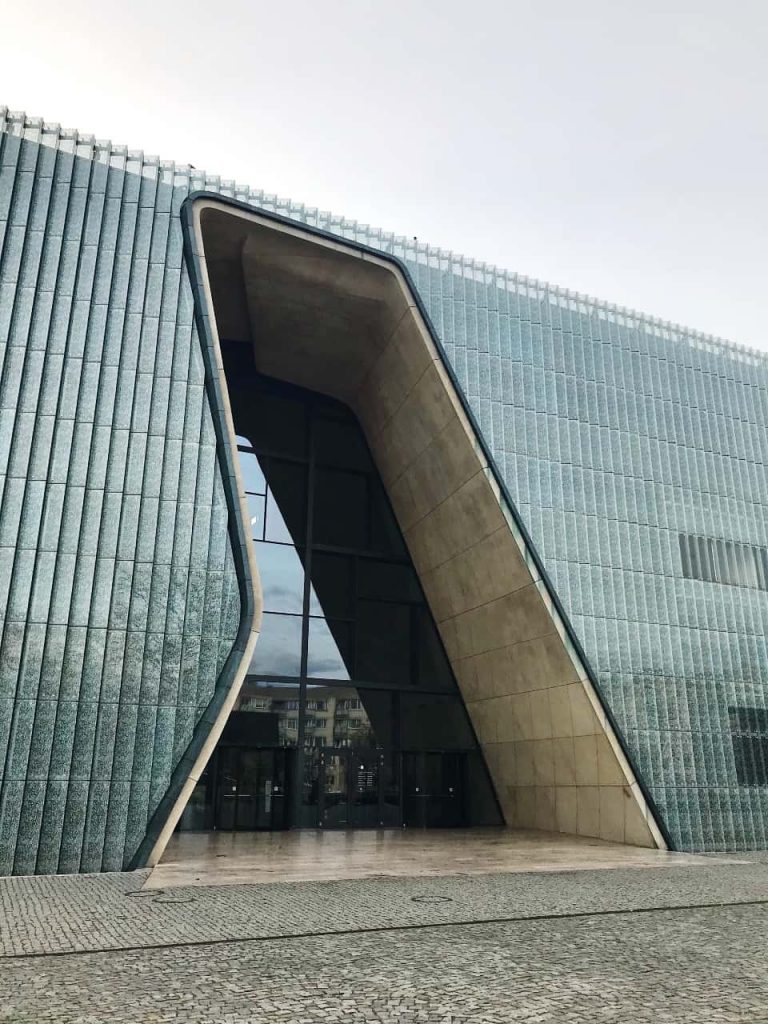
The symbolism continues inside the museum. When you enter a gorge-shaped main hall, you will notice a warmer colour palette and undulating walls that create the illusion of movement.
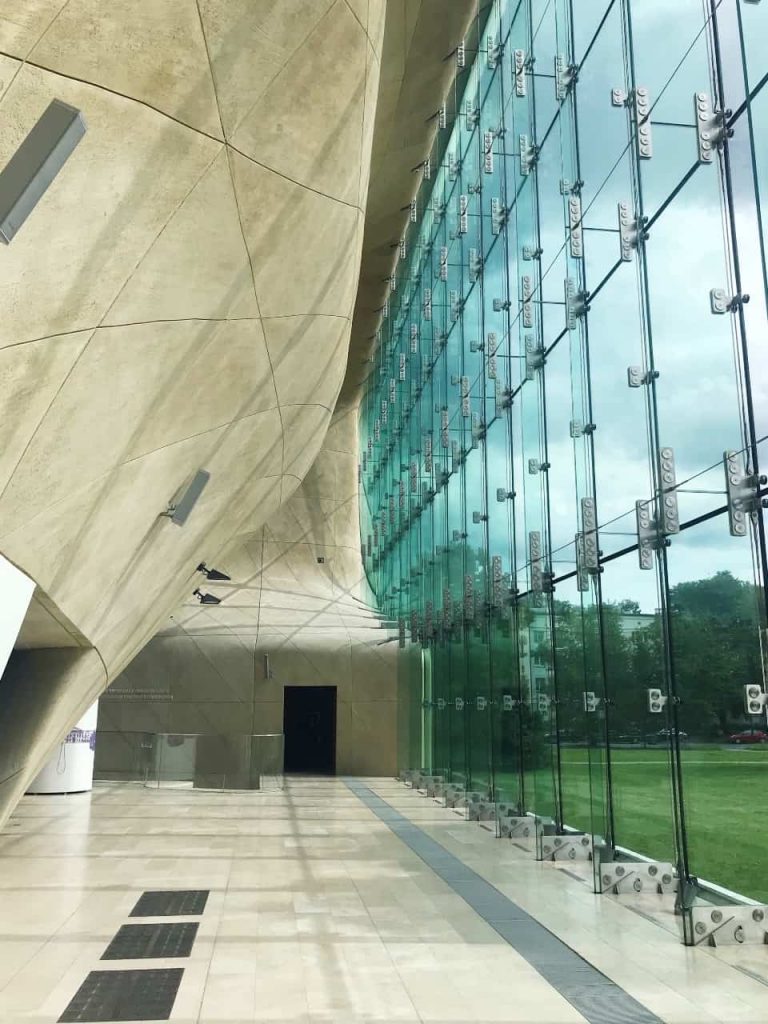
I particularly liked this contrast between the angular exterior and the curvy interior. There’s a bridge joining two halves of the building and a floor-to-ceiling glazing that reveals greenery and a single tree growing outside. These elements symbolise light, life and the continuation of history.
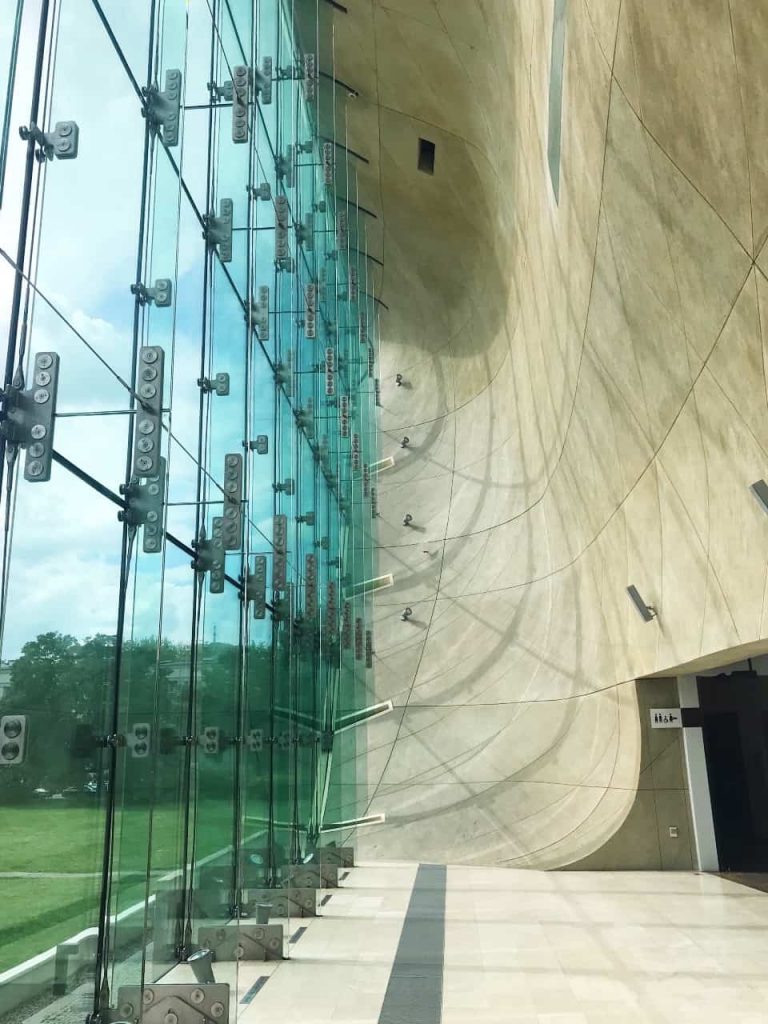
A well-designed museum becomes a calling card for the entire city. Think about the Guggenheim Museum in Bilbao and its positive impact on local tourism. POLIN Museum has already won international acclaim, which in turn led to prestigious awards such as the European Museum of the Year Award in 2016. So it’s time to talk about the core exhibition in more detail.
1000 years of the History of Polish Jews
The core exhibition is situated in the basement and divided into eight chapters in chronological order. You will need at least 3 hours to see all of them. I strongly recommend that you use an audio guide (available in several languages) to avoid feeling overwhelmed by all the information. Unless you arrive with an organised group, it’s best to book online in advance via the museum’s website to avoid disappointment upon arrival. Since POLIN Museum is one of the most popular museums in Warsaw, it often gets crowded during the weekends and on Thursdays, when admission is free of charge. My tip is to book a morning entry and then take as much time as you need until the museum closes.
The forest at POLIN Museum
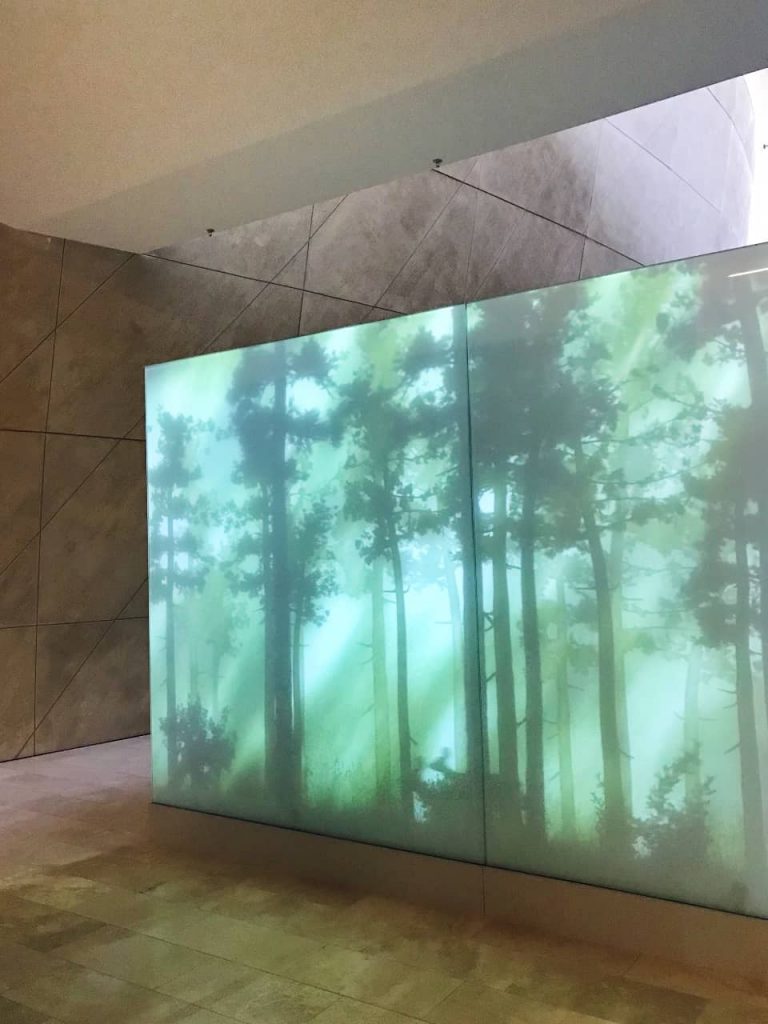
The journey begins with a poetic installation showing a forest. According to the legend, Jewish settlers fleeing persecution in other European countries set off for the East and arrived in a forest. Then they heard the word ‘Polin’, which means ‘rest here’. It became the Hebrew word for Poland, a country that had the largest Jewish community in the world until 1944. This legendary forest is a point of departure for 1000 years of common history.
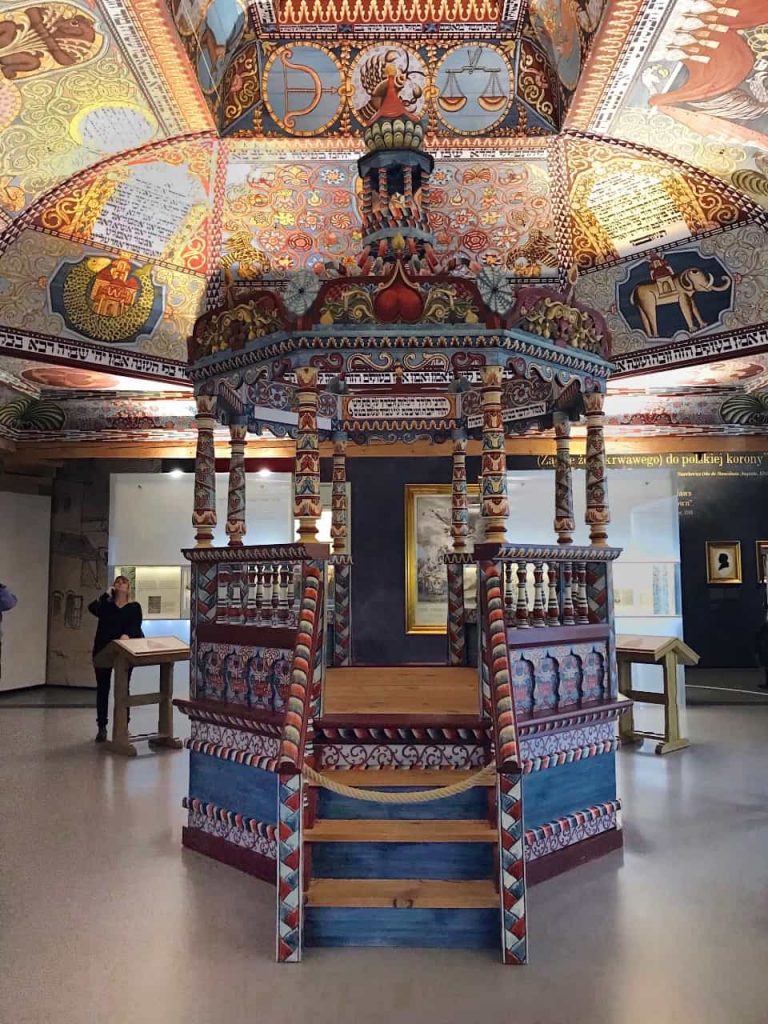
However, it’s not a traditional exhibition centred around artefacts, but a story narrated through the voices of Jewish merchants, scholars, rabbis, housewives, entrepreneurs, artists and intellectuals assimilated into Polish language and society.
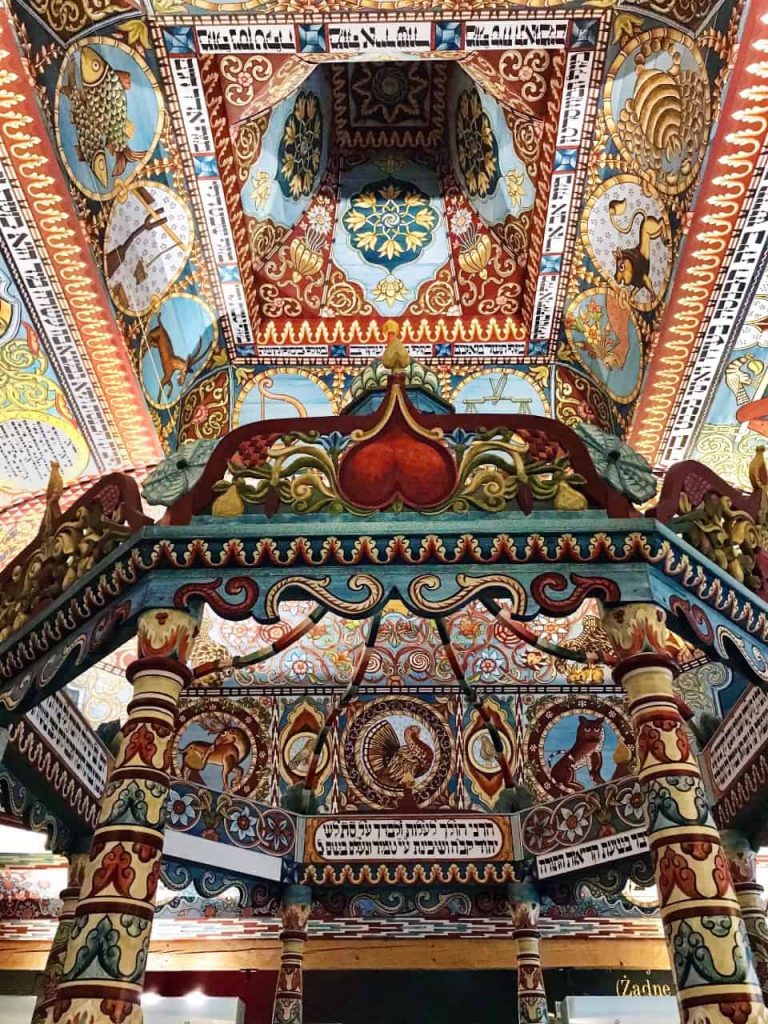
It took me a while to adjust to this interactive mode of presentation. Visiting the first few sections felt a bit strange, like entering a theatre. The experience became more authentic as the exhibition unfolded with more personal objects on display such as letters, photos and diaries.
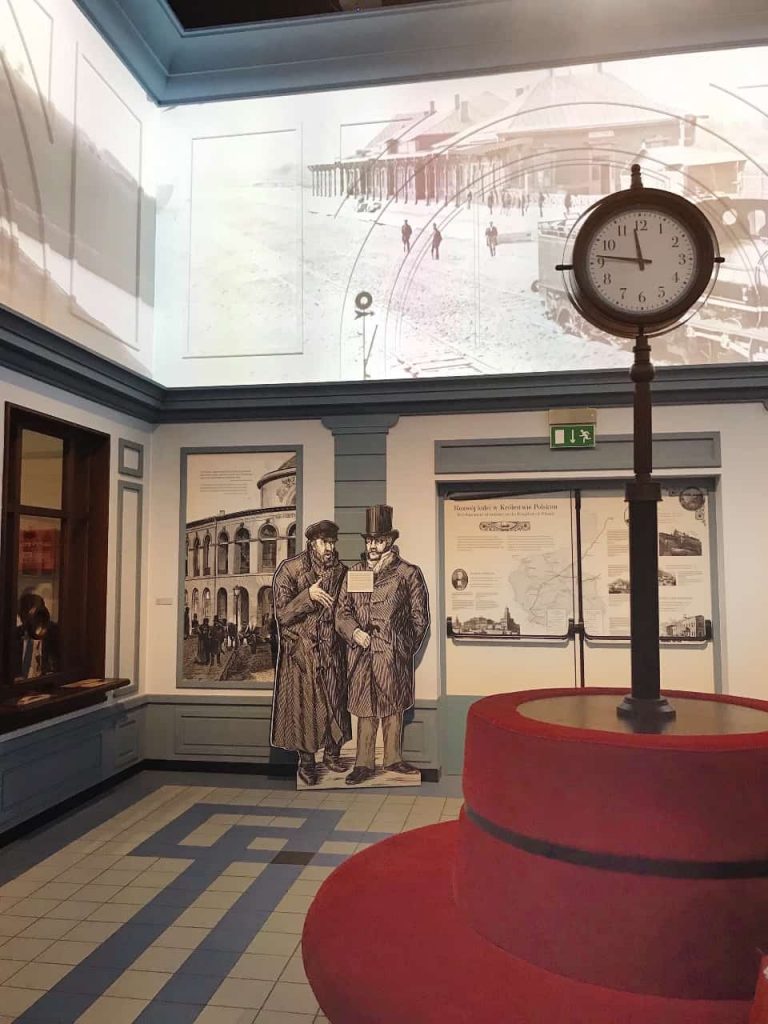
The exhibition’s masterplan was designed by a London-based Event Communications, while Polish architectural studio Nizio Design International created colourful installations and drawings. I’m not going to evaluate the contents, because you should see it for yourself and make up your own mind. It’s a lot to take in, but hopefully this deeply emotional experience will stay with you long after your visit.
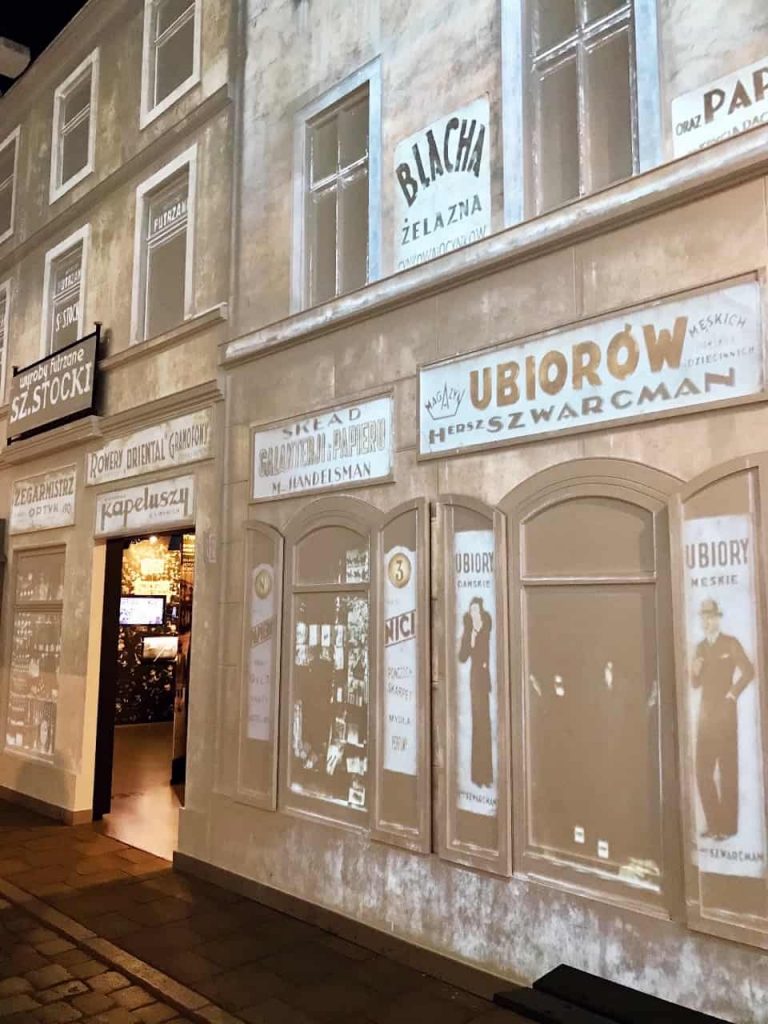
Temporary exhibitions at POLIN Museum
Apart from the core exhibition, POLIN museum hosts temporary exhibitions and other cultural events such as concerts and festivals. Two of the past exhibitions focused on architecture and design. You can see some of the images from ‘Echoes – 100 Years in Finnish Design and Architecture’ in my previous post on design from Finland. The second exhibition explored the legacy of Bauhaus in Gdynia (Poland) and Tel Aviv (Israel), both cities founded between 1909 and 1919.
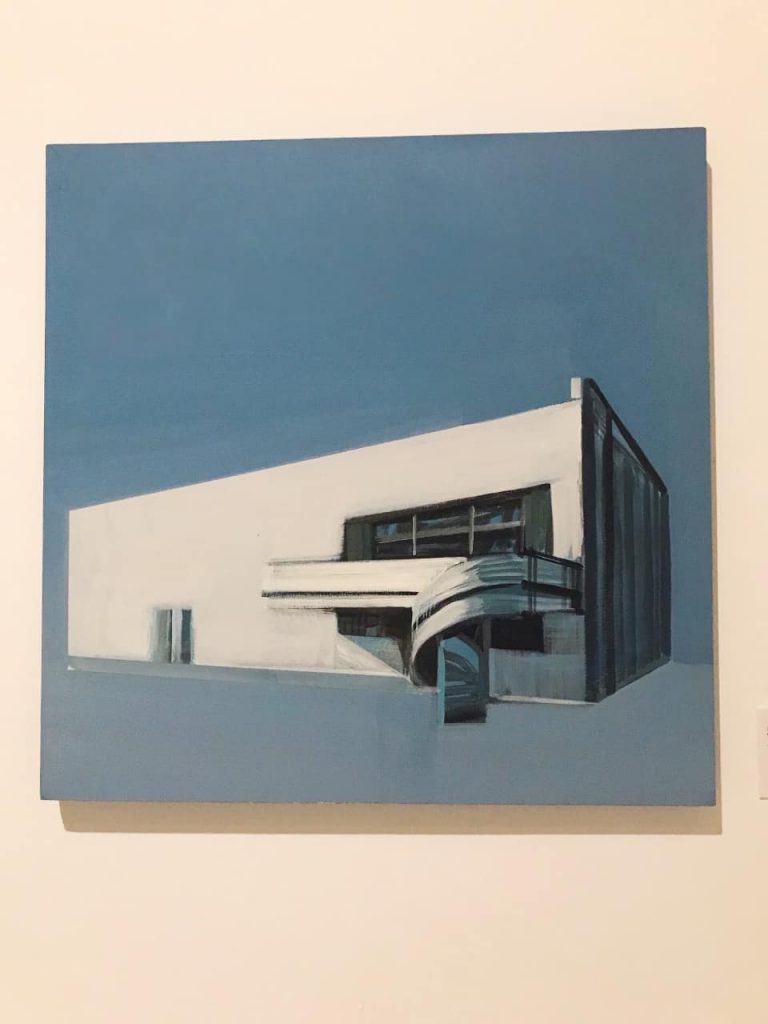
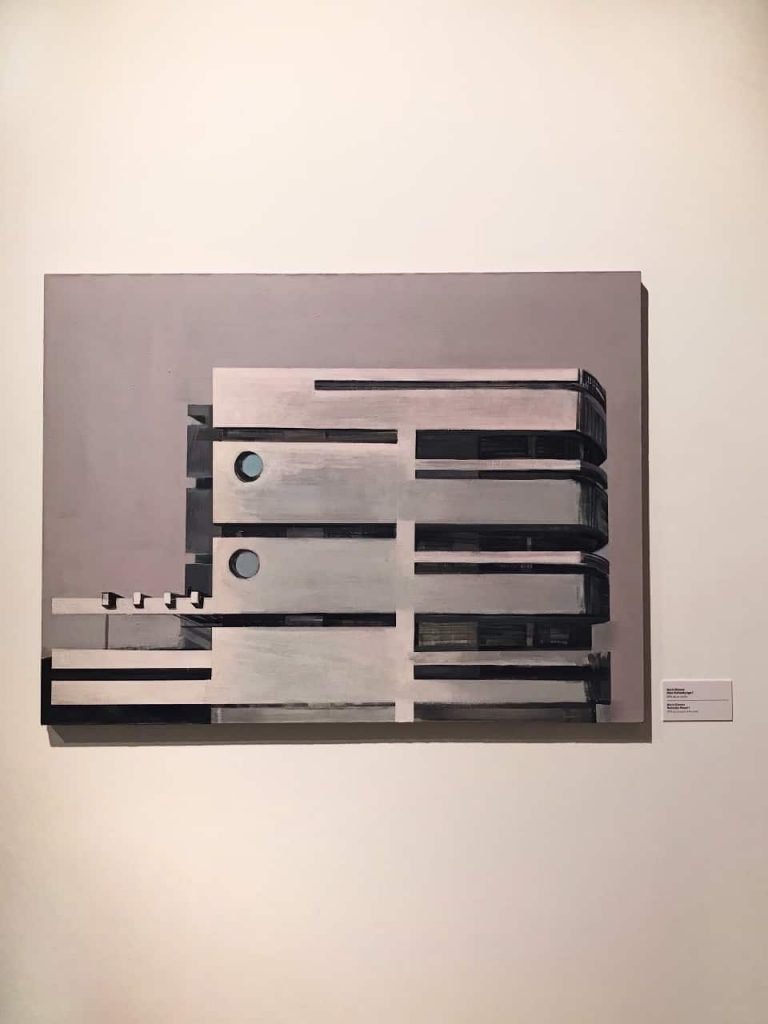
While the White City in Tel Aviv is more well-known internationally, Gdynia, a seaport on the Baltic coast, also boasts many interesting examples of Modernist architecture. Visitors could learn about them though architectural models, photos and paintings. The next exhibition, planned for May 2021, will be devoted to the works by Wilhelm Sasnal.
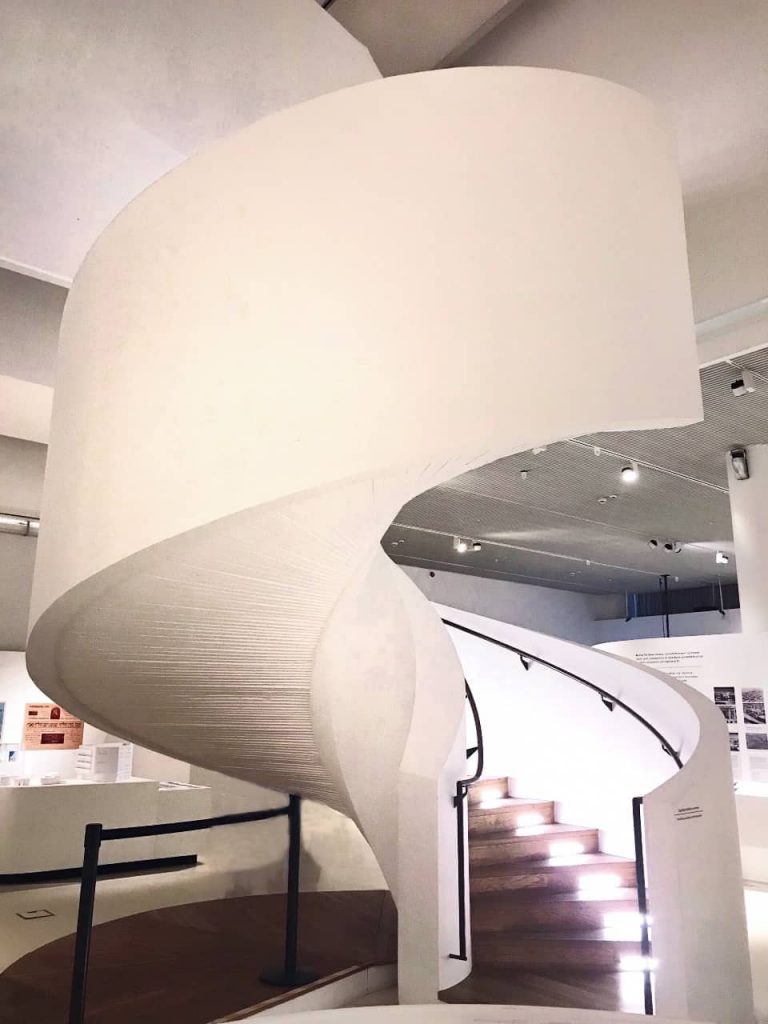
Another reason to visit a temporary exhibition is a spiral staircase that joins the two levels of the exhibition space. I’m sure you will love its minimalist beauty!
I hope that my guide encouraged you to visit POLIN Museum and find out more about architecture in Warsaw. Hopefully, we will be able to travel again soon.
If you would like to read more, head to my article on contemporary architecture in the South of Spain.

